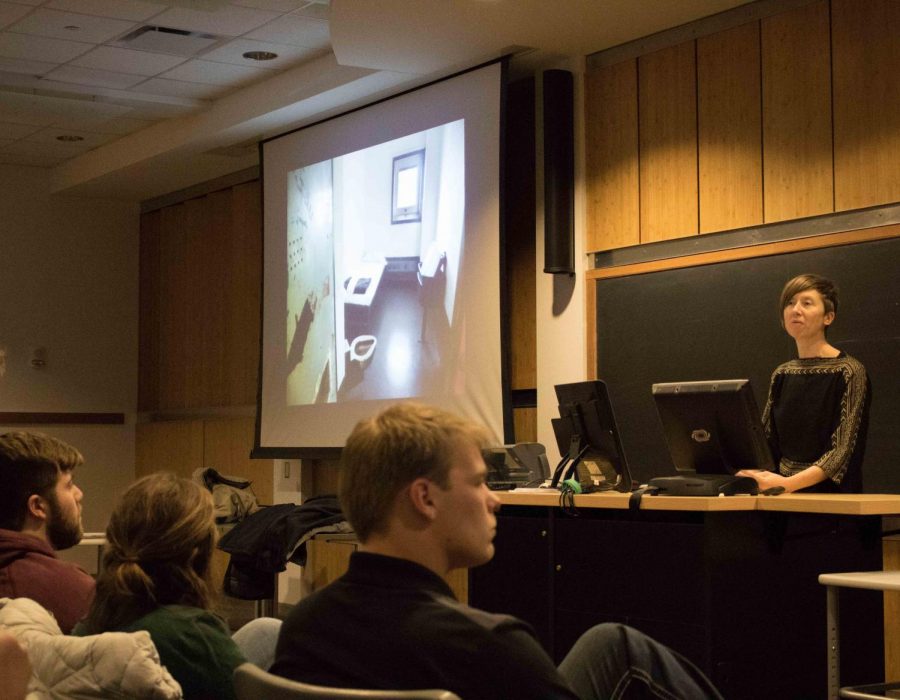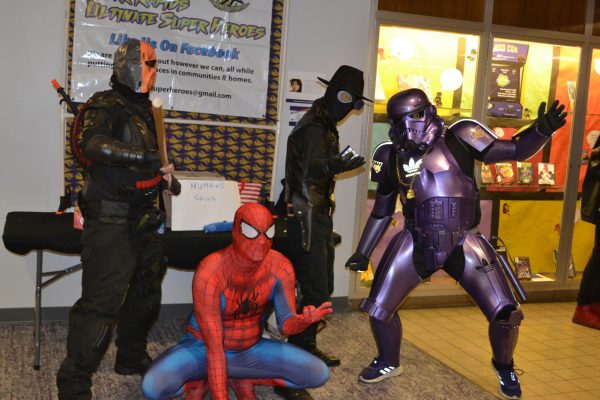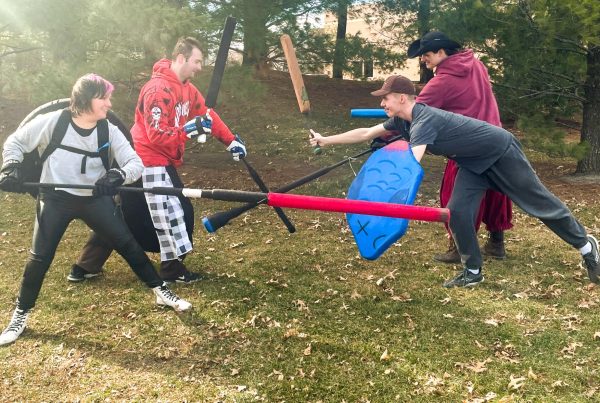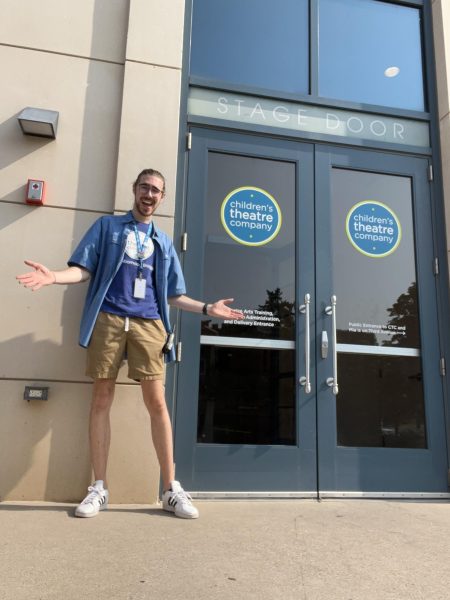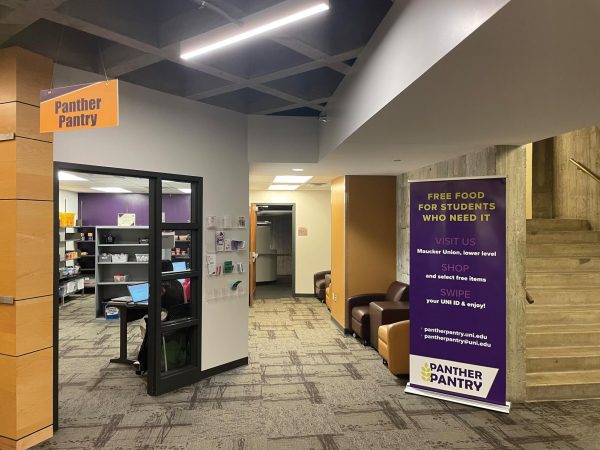Activist, philosopher talks solitary confinement
Philosopher and activist Lisa Guenther came to UNI this past week to discuss issues related to solitary confinement and the U.S. prison system.
Feb 5, 2018
On Thursday, Feb. 1, Lisa Guenther, American philosopher and activist, came to UNI to discuss solitary confinement as part of the Hearst Lecture Series in Sabin Hall. Guenther is currently an associate professor of philosophy at Vanderbilt University and a Queen’s University National Scholar in political philosophy and critical prison studies.
Guenther was at UNI to discuss topics relevant to her book, “Solitary Confinement: Social Death and its Afterlives.”
She began her lecture by revisiting a past event involving a young black man, Kalief Browder, who was placed in solitary confinement for stealing a backpack. His family could not afford the $3000 bond, so he remained in confinement for three years where he was harassed by guards and inmates.
While in confinement, Browder attempted to take his own life several times, and after being released and struggling with mental health issues, he finally committed suicide in 2015.
Guenther continued her lecture, recounting past stories of people living in solitary confinement and how the isolation affected their mental health.
“Over 1,100 prisoners at Pelican Bay are currently isolated for 22 to 24 hours a day in an eight-foot by 10-foot cell with concrete walls and no windows,” Guenter stated in her research. “Fluorescent lights illuminate the cell 24 hours a day. The door is made of perforated steel, looking out onto another concrete wall.”
In the midst of one example, Guenther read a short fragment of a story written by one of the prisoners where he describes life behind cement walls. In the story, he explains the feeling of losing his senses and all contact to the outside world, leaving him nothing to do but count the bricks on the walls and measure his room.
After telling stories of past prisoners, Guenther went on to describe a large event that took place on July 8, 2013. The largest hunger strike in state history took place in California during this time, consisting of over 30,000 prisoners, in an attempt to enact change in the prison system.
According to Guenther’s research, it is unclear whether or not these protests will make a significant change in the prison system and the treatment of isolated prisoners.
Guenther’s research on the topic described this protest in depth, stating: “On September 5th, 2013, after a core group of 40 prisoners had refused meals continuously for 60 days, and hundreds more had participated for days or weeks on end, the hunger strike was suspended in response to a commitment by two California lawmakers to hold hearings on solitary confinement and other prison issues before a joint Public Safety Committee.”
Guenther then began showing pictures of the solitary confinement units, called “supermax” prisons, in which many of these prisoners are forced to live, with no contact to the outside world.
According to Guenther’s research, supermax prisons are made specifically to isolate prisoners from the outside world for long periods of time.
Prisoners living in supermax units are given two meals per day, usually 10 to 12 hours apart from one another. They are forced to sit in their windowless cells for hours at a time, and the few minutes when they are not in their cells, they are placed in a windowless exercise yard by themselves.
In addition, prisoners are to be handcuffed while traveling the short distance from their cells to the exercise yard.
“Such is the world of the supermax: a world-destroying world,” Guenther explained in her research. “Some people call it ‘the box’; it is a world without windows, without darkness and without the bodily presence of other human beings. In effect, it’s a storage unit for people.”


